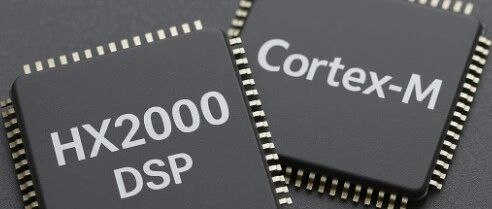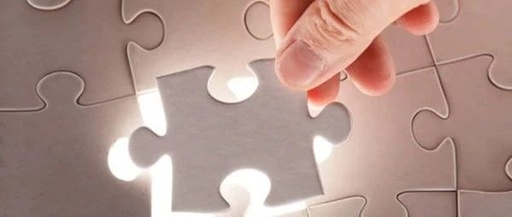Advantages of Cortex-R5F: Low Latency Interrupt Handling
The Cortex-R5F is a real-time processor core based on the ARMv7-R architecture, designed for embedded systems that require high reliability and low latency. It is widely used in industrial automation, automotive electronics, and intelligent control.The core advantage of the Cortex-R5F lies in its low latency interrupt handling capability, enabling rapid response to external events while … Read more









